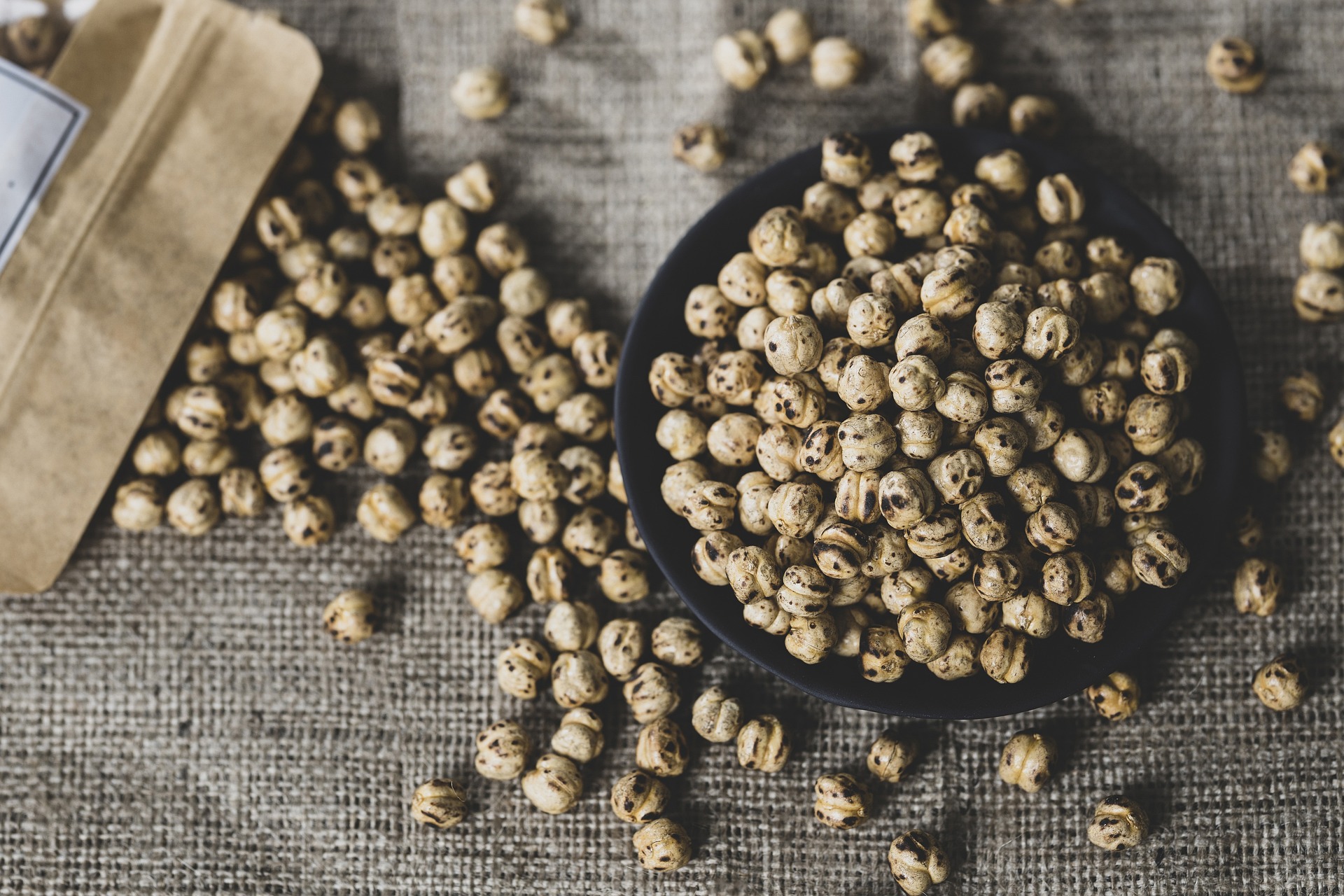Savoring the Aromas: Unveiling the Culinary Wonders of Moroccan Cuisine
Few cuisines in the world can match the sheer diversity and vibrant flavors of Moroccan food. It’s a fascinating mix of Mediterranean, Arab, and Berber influences, offering a treasure trove of unique dishes and culinary techniques. Let's embark on a gastronomic journey to explore this exotic cuisine.

The Heart of Moroccan Cuisine: The Tagine
In Moroccan cuisine, the tagine is not just a cooking vessel, but a symbol of the country’s culinary identity. It’s a clay or ceramic pot with a conical lid, used to slow-cook stews over an open fire. The unique design of the tagine lid allows the steam to rise, condense, and drip back into the dish, ensuring a tender and flavorful result.
Bread: The Essence of Every Meal
In Morocco, bread is not merely a side dish, but an integral part of every meal. Khobz, a round, flat bread, is a staple in Moroccan homes. It’s used as a utensil to scoop up food and soak up the delicious sauces. The variety of Moroccan breads is vast, from the fluffy msemen pancakes to the hearty harsha bread made from semolina.
The Spice of Life: Moroccan Spices
Moroccan cuisine owes its distinctive flavor profile to the extensive use of spices. The most prominent among them is Ras El Hanout, a blend of up to 30 spices including cumin, cinnamon, and turmeric. Other frequently used spices include saffron, ginger, and paprika, each adding a unique note to the culinary symphony.
Sweet and Savory: The Art of Moroccan Desserts
Moroccan desserts beautifully balance the sweet and savory. Pastilla au lait et amandes, a milk and almond pie, is a fine example. Made with crispy phyllo pastry, creamy milk, and sweet almonds, it’s often dusted with cinnamon and icing sugar for a scintillating finish.
Moroccan Mint Tea: The Liquid Gold
No Moroccan meal is complete without a pot of mint tea. Nicknamed “Moroccan whiskey,” this sweet, mint-infused green tea is more than just a beverage—it’s a symbol of hospitality and friendship.
Tips and Insights:
-
When making a tagine, sear the meat first for a richer flavor.
-
Freshness is crucial in Moroccan cooking, especially for spices.
-
While enjoying Moroccan mint tea, pour it from a height to create a frothy top.
So, are you ready to dive into the tantalizing world of Moroccan cuisine? By exploring its unique dishes, vibrant flavors, and traditional cooking techniques, you can transport yourself to the bustling souks and serene riads of Morocco, all from your own kitchen. Happy cooking!




